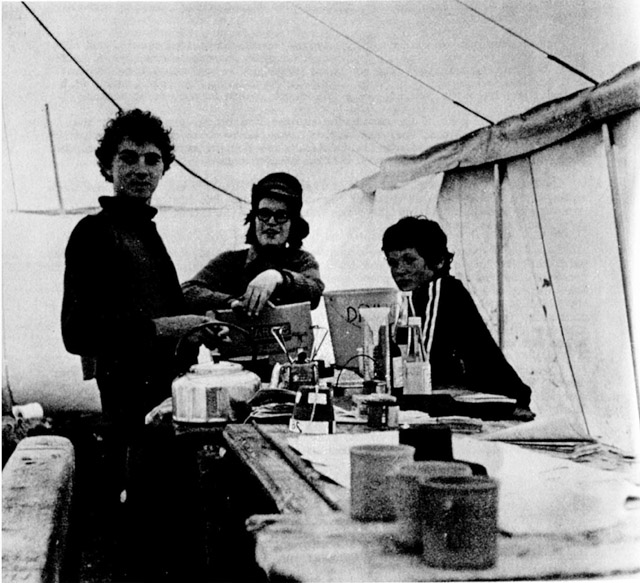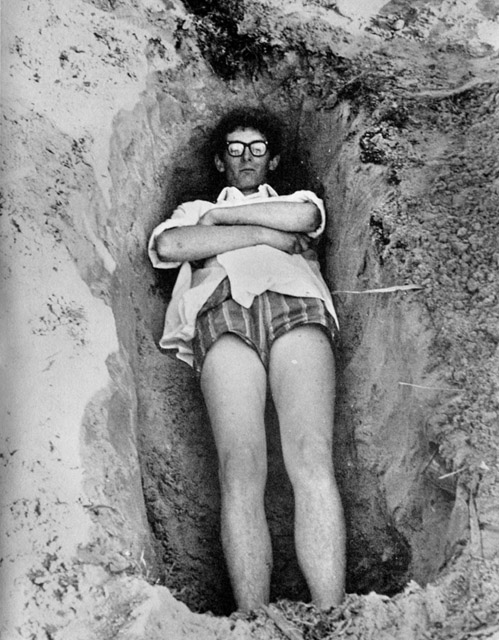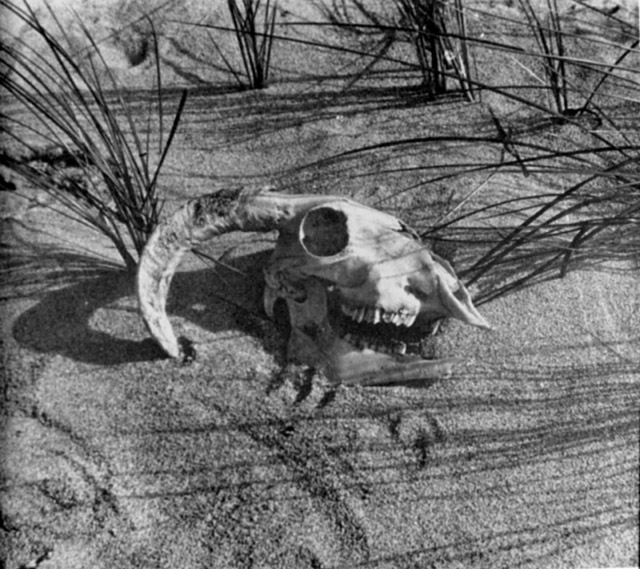![]()
![]()
Colonsay 1975.
COLONSAY 1975
Leader; Phil Renold
Officers: Robin Dance, Philip Fawkes, Ian Gough, Mike Hayward, Dave Martin, Richard Ritter, Bruin Thompson.
Boys: Stuart Adams, Andrew Baker, Mark Banning, David Barker, Steven Barrett, Alastair Barton, Johnstone Bell, John Carey, Sean Dennien, Philip Edwards, Peter Fowles, David Frankland, Peter Gill, Ross Hamilton, Christopher Harper, Piers Hart, Paul Jeffrey, Graham Cramer, Wayne Lilley, Simon Lord, Scott Mac Donald, William MacDonald, Matt Myers, Tim Myers, David Nichols, Mark Samuels, Michael Samuels, Iain Scarborough, Matthew Scott, Peter Sleep, Nigel Stanton, Lance Stevens, Julian Suthers, Peter Wood.
Leader's Report
|
The 1975 'holiday camp’ expedition to Colonsay had its ups and downs. As a Leader I am certain that the ups far outweighed the downs, but then all Leaders do. I certainly enjoyed it, and I am fairly sure that everyone else did too. To begin at the end…..As I got off the train at Preston I left behind the source of many memories in the form of a lot of good friends. If I was tempted to allow this afterglow to keep reality at bay the prospect of getting married only thirty-six hours later firmly brought be down to earth. It is only now after six weeks of married bliss that I can find the objectivity (and time) to look back at our expedition and examine the successes and failures. |
 Photo by Sean Dennien |
We suffered from some very mediocre weather for which I can accept no responsibility. It was what the islanders call 'soft’ weather. This means misty and damp -very damp on occasions! However, this did not curtail our activities too much and it did tend to keep the midges at bay. It also filled the marquee with damp clothing to such an extent that we had to construct a rather oddly shaped drying tent out of one Icelandic, no pegs, and the wrong poles. Dave, our resident 'gnome’ (Camp Administrator to the uninitiated) worked hard to keep us all fed and watered, but he had to contend with some interesting methods of cooking. Bruin's spaghetti Bolognese is without doubt the worst meal I have ever tried to eat on an expedition. The dull thud of the stuff falling into the slops bucket is a sound that will haunt us all for some time to come. For many of the lads the main experience was being involved in catering for forty two people. In fairness I must say that they did extremely well... most of the time. Certainly, when we did eventually arrive on site after a seven hour wait at Oban and a night in the Stathcona's boathouse at Scalasaig the boys must have been wondering what they had let themselves in for. Yet, with the erection of the marquees and sleeping tents, and the digging of the gash pits, matters soon sorted themselves into sane form of order. Then it was not long before we paused, looked around, and began to explore the Island. Apart from acquainting everyone with the area this was done to collect drift wood for furniture. The amount of wood that we recovered from the surrounding beaches enabled us to build tables and benches of elephantine proportions. Good furniture can make all the difference to the comfort of an expedition and in this respect at least we were off to a good start. |
|
Each of us will have treasured memories, but those that stick in my mind are of the Harvey Wallbanger swooping over the Atlantic swell with all sail set -a sight all too infrequent since Ian was not blessed with the right weather to indulge himself as much as he would have wished. Canoes were to be seen on, and sometimes under, the water in front of the campsite, but we did not go on any long trips. However, everyone did a capsize drill and learnt the rudiments of how to paddle in almost a straight line. There are memories too of Robin and his motley crew clicking cameras and developing film late into the night. The results were excellent despite various sarcastic cements. As on previous expeditions we challenged the islanders to football, and alas we lost - not once but twice. On the second occasion we were leading 3-O at half-time, but their stamina and size ten boots proved to be too much for us. We lost 3-4. However, we suspect that their last goal was scored after full time. I wish future expeditions the best of luck - the honour of the Society is at stake. A very major part of the expedition was the ornithology project under the expert guidance of Bruin, Phil Fawkes, and Dave. Due to their unstinting effort we were able to identify eighty six species, a new Society record. These included knat, [knot – Ed] honey buzzard, and red headed bunting (from Siberia). Mike acted as our M.O. and part time minstrel. At all events he claimed these roles, and I am not sure at which of them he was worst. But his orienteering was unanimously agreed to be horrific - not helped by the fact that it began to pour down just as the event started. Also on a sporting theme, we organised an Olympic Games consisting of the 82½ yard dash, hurling the pebble, and lifting and sometimes tossing the caber. Associated with this was the lifting stone near the campsite reputed to weigh two and a half hundred weight and used in years gone by to prove a young islander's masculinity. After repeated attempts some of the officers managed it. The most noteworthy feat was when Ian demonstrated his prowess by lifting the stone waist high and holding it there. Even our visitor, Paul Caffery, managed it so perhaps it was not so difficult after all. A survey of the campsite was carried out by Richard, and Robin organised some drawing in addition to his photographic activities. We did some rock climbing and much walking and general exploration. As the reader can see we were far from idle. Nearly everybody had a go at nearly everything. A measure of the success of the whole expedition was that nearly everybody fell fast asleep on the train going south. PHIL RENOLD |

Not sure what's going on here? Possibly from the photo project - see below.
Photo by Wayne Lilley |
THE PHOTOGRAPHY PROJECT

Photo by Nigel Stanton |
When we rounded the last bend and the broad glistening bay came into view, I realised that the efforts to carry the fragile equipment and chemicals to Tobar Fuar had not been in vain. However, the bright weather in which we arrived only lasted a few days, and by the time the project got underway grey weather had set in and remained with us almost until the end. The obstacles put in our way were countered by the high morale and enthusiasm that the worsening weather brought about. Not many days passed without a group going out to explore with a camera. Using our very own folding darkroom (a photographic black bag) and a developing tank we processed the first film out on the grass. It's always exciting to do this for the first time, and more so in such unique and beautiful surroundings. Each time we developed a film the tension built up, and the final opening of the tank was always accompanied by the expectation of a row of blanks. However, nearly all the pictures taken came out with the results improving each time. Each film had to be washed, and this was done by immersion in a nearby running stream. David Barker claimed it was a pity that the stream was not polluted, for he had heard of a man who had dipped his colour film in a local polluted stream and hey presto! ... the pollutants in the water developed the film. Other members of the expedition expected us to produce large colour prints, and seemed quite disappointed with our small black and white negatives. It may be possible on a future croft based expedition to set up a darkroom to make prints, but under canvas with no power it just is not possible. |
|
It was wonderful to explore the Hebrides through the medium of photography, and we saw many things that we were unable to get shots of, such as the human skulls at Oransay, and the large group of seals that we attracted to within twenty five feet by lying on the beach seal fashion and singing. I was delighted with the enthusiasm of all who took part and would like to thank in particular Sean Dennien and Peter Sleep whose patience throughout helped make the project a success. Some statistics; Total number of cameras on expedition: 33 (over half Instamatic). Total number of pictures by all members: 815 ROBIN DANCE |